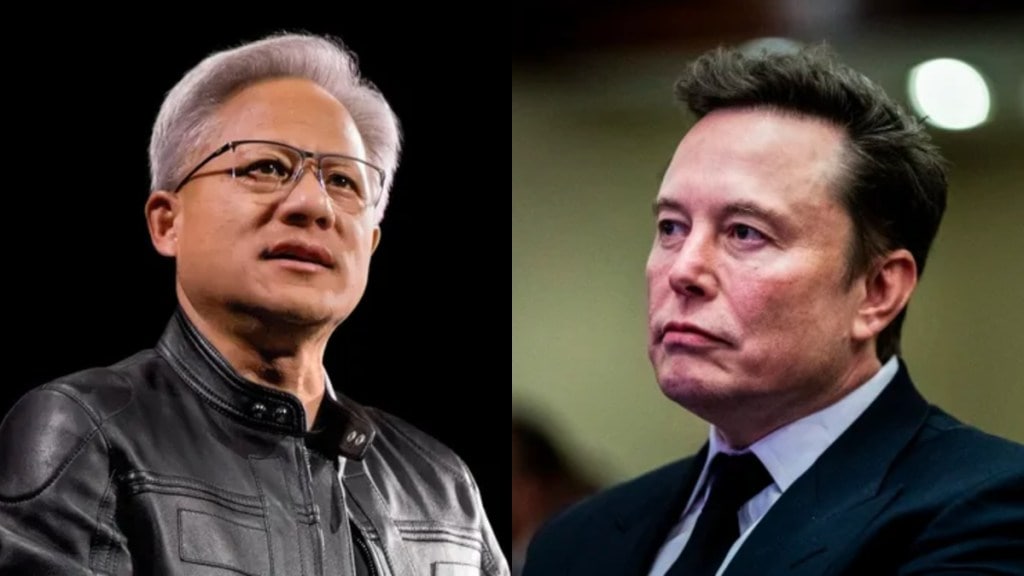Nvidia’s rise to a $4 trillion market valuation has sent shockwaves through Wall Street and the global tech industry. Tech billionaire and Tesla CEO Elon Musk left a brief but telling response to the AI chip maker’s growth: “Wow.”
Musk’s reaction shows just how dominant Nvidia has become in AI chips and how vital it is to today’s tech world.
Nvidia’s growth story
Nvidia has spent more than three decades developing cutting-edge graphics processing units (GPUs), initially for gaming and professional graphics. But in just the last two years, it has leveraged its technology to become the undisputed leader in AI chips, turning a $1 trillion company into a $4 trillion behemoth. On Thursday, Nvidia made history by becoming the first public company to reach a $4 trillion market cap, surpassing longtime heavyweights Apple and Microsoft.
Wow https://t.co/gJnS1yC7Px
— Elon Musk (@elonmusk) July 20, 2025
This explosive growth is largely fuelled by the belief that AI will reshape industries and economies, a transformation investors believe could be as significant as the Industrial Revolution.
Much of Nvidia’s success stems from massive demand among cloud hyperscalers like Microsoft, Alphabet (Google), Amazon, and Meta Platforms. Though Nvidia doesn’t publicly disclose its top customers, it’s widely believed these companies are driving demand for its high-performance chips as they invest more than $300 billion in AI infrastructure this year alone.
This ongoing surge in AI spending shows no signs of slowing, and Nvidia is cashing in as the go-to hardware provider.
Musk’s xAI and Nvidia working together
Elon Musk’s AI start-up, xAI, has emerged as a major Nvidia customer. Musk’s venture is building a large language model (LLM) called Grok to compete with OpenAI’s ChatGPT. To do so, xAI is constructing an AI supercomputer dubbed Colossus, which initially ran on 100,000 Nvidia GPUs and has since expanded to 200,000.
Plans for Colossus 2 are even more ambitious, with Musk forecasting a need for up to 1 million GPUs, which could cost anywhere between $25 billion and $40 billion. Analyst Beth Kindig estimates the final bill could land at the higher end of that range, given Nvidia’s chips often sell for $30,000 to $40,000 a piece.
Meanwhile, despite Nvidia’s dominance, some risks loom. Major customers like Amazon, Google, and Microsoft are all investing in custom silicon to reduce reliance on Nvidia.








